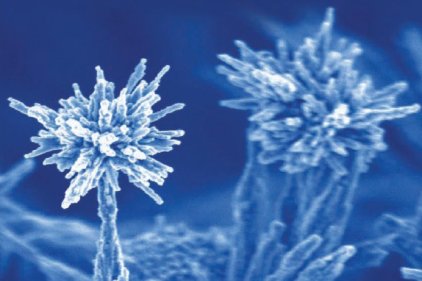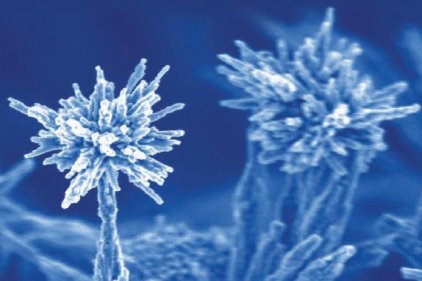 While many people are still trying to wrap their heads around the idea of nanoparticles – subatomic particles that may behave differently than larger particles of the same composition – the field of nanotechnology has moved ahead to include advanced nanomaterials, which could expose the workers who handle them to serious health risks.
While many people are still trying to wrap their heads around the idea of nanoparticles – subatomic particles that may behave differently than larger particles of the same composition – the field of nanotechnology has moved ahead to include advanced nanomaterials, which could expose the workers who handle them to serious health risks.
Writing on the NIOSH science blog, Vladimir Murashov, PhD; Paul Schulte, PhD; John Howard, MD give a brief overview of advanced nanomaterials and make a strong case for the further study of their properties and potential effects on human health.
Howard is the Director of NIOSH. Murashov is a Special Assistant for Nanotechnology to the NIOSH Director. He is a member of the U.S. Nanoscale Science, Engineering, and Technology subcommittee. He also leads projects for the ISO Technical Committee 229 (Nanotechnologies), World Health Organization and the Organization for Economic Cooperation and Development’s Working Party on Manufactured Nanomaterials. Schulte is the Director of the NIOSH Education and Information Division and Manager of the Nanotechnology Research Center.
“The main feature of advanced nanomaterials that distinguishes them from simpler nanomaterials, such as carbon black and nanoscale TiO2 used primarily as additives, is the ability of advanced nanomaterials to change or evolve properties during their use, as a result of intended and unintended reactions to the external environment,” they write.
Those changes in properties are what could pose a health risk to nanotechnology workers.
Advanced nanomaterials have plenty in common with their simpler nano counterparts, like the ability to reach and interact with human internal organs if inhaled. Other similarities: advanced nanomaterials could be dangerous when they dissolve, leaving contaminants that could be absorbed. They may be present in the workplace air environment due to residual or fugitive emissions, even when they are manipulated within enclosures.
The authors note that there is little data available about actual workplace exposures to advanced nanomaterials.
“The characteristics unique to advanced nanomaterials include an enhanced ability of nanomaterials to reach internal organs through inhalation, ingestion or skin penetration, and subsequent transport in the blood to other body organs depending on the way the nanomaterial is constructed,” they warn.
A recently published paper, Progression of Occupational Risk Management with Advances in Nanomaterials, describes the challenges of risk assessment for higher generation nanomaterials in the workplace and outlines risk mitigation approaches aimed at protecting workers.
The bloggers also discuss mitigating hazards through design and engineering controls, but stress that risk assessment studies specifically directed at advanced nanomaterials areneeded.
“NIOSH’s Nanotechnology Research Center is well poised to expand its work to include assessing the potential occupational exposures and hazards of advanced nanomaterials, and developing guidance for their safe handling in the workplace. An updated strategic plan for NIOSH nanotechnology program will include market forecasting and review of available surveillance data to identify emerging commercial advanced nanomaterials for toxicological testing and field evaluation of workplace exposures.”
The three seek suggestions on nano-related issues that NIOSH should examine.
Click here to read the entire blog post or to make a comment or suggestion.
Visit the NIOSH website for more information on nanotechnology research at NIOSH.




